NASA’s Quiet Short Takeoff And Landing Test Jet Is Up For Sale
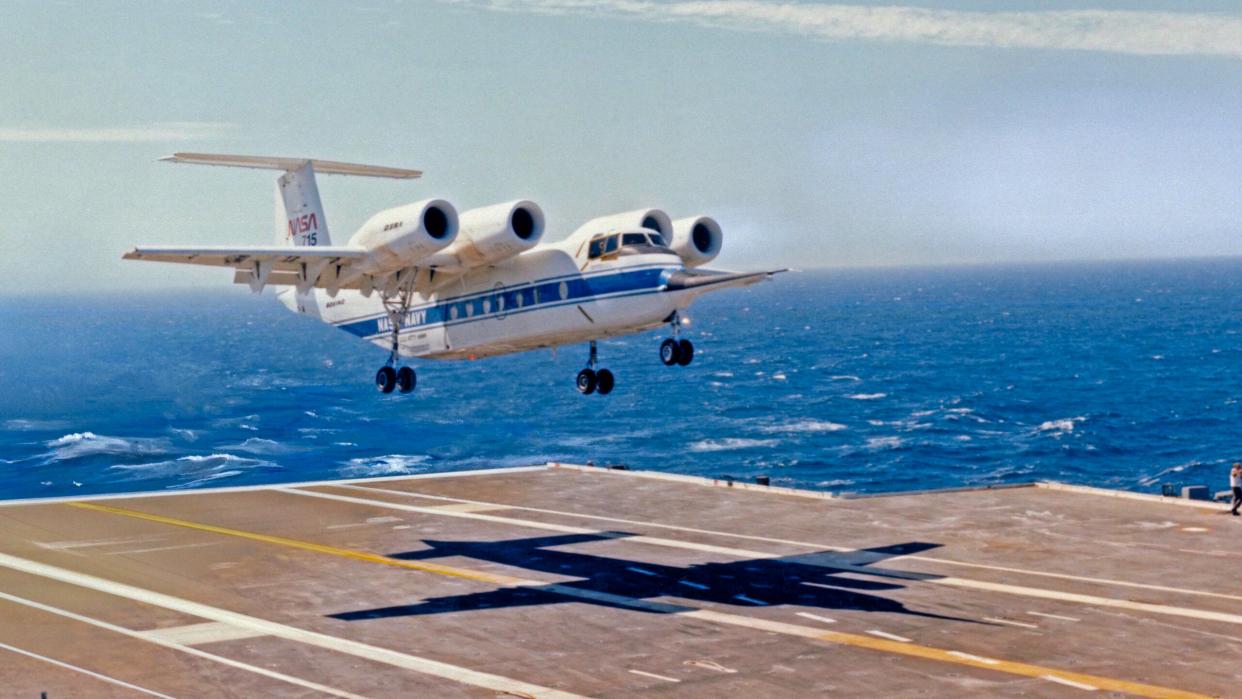
It’s not every day that a unique piece of aerospace test history comes up for sale, but members of the public now have the chance to bid for just such an item: the one-off de Havilland Canada Buffalo aircraft that was radically modified by NASA to trial new concepts for future, quiet short takeoff and landing (STOL) transports. Granted, the Quiet Short-Haul Research Aircraft (QSRA) is unlikely to ever fly again, but for those with deeper pockets, it’s a chance to preserve a remarkable piece of experimental aviation history and one that also has a string of unlikely military aerospace connections.
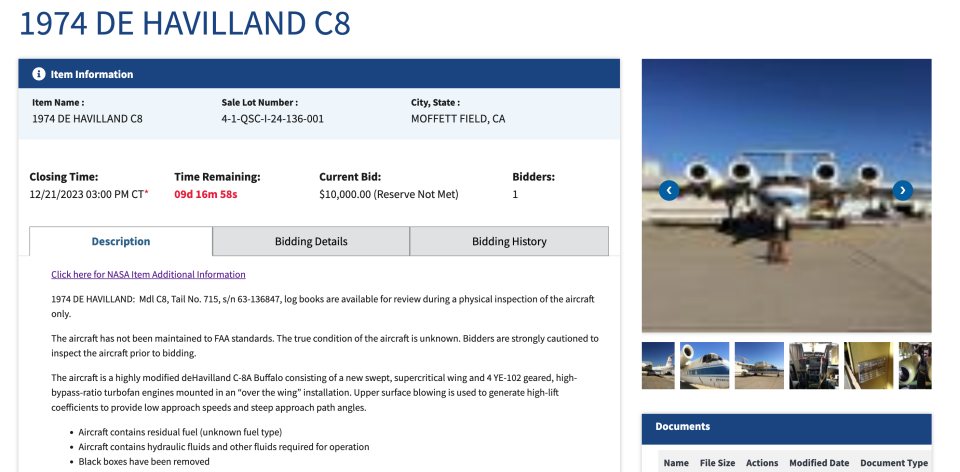
Currently being offered by the U.S. government’s General Services Administration (GSA), the QSRA has been languishing at NASA’s Ames Research Center at Moffett Federal Airfield in California for some time. Clearly stated under the item description are the words: “UNKNOWN IF AIRCRAFT CAN FLY, HAS NOT BEEN MAINTAINED.”
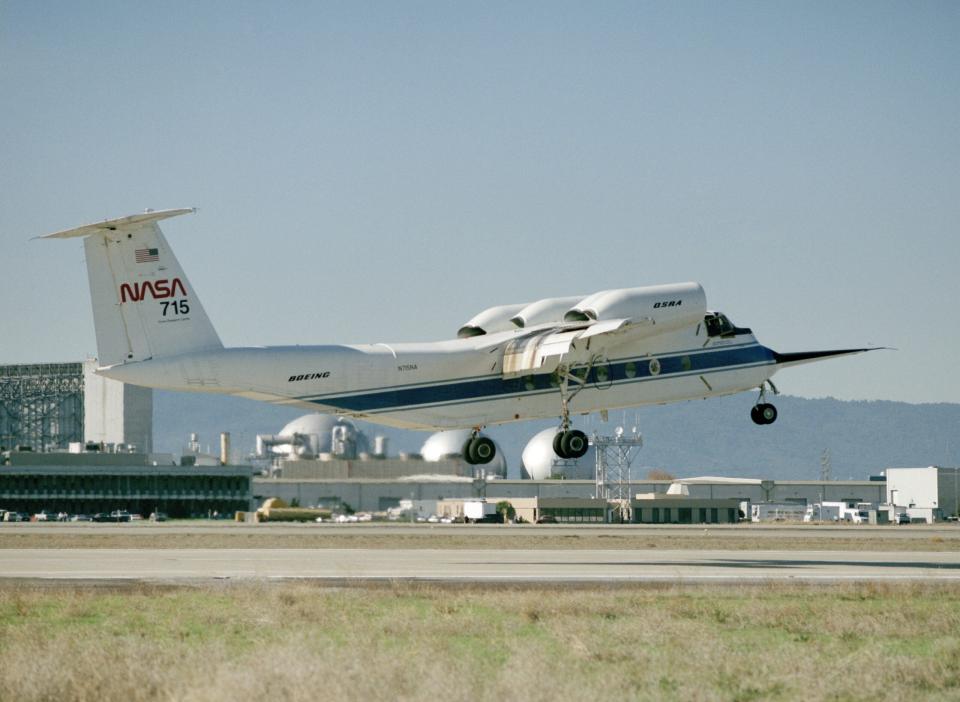
“The aircraft has not been maintained to FAA standards,” the item description continues. “The true condition of the aircraft is unknown. Bidders are strongly cautioned to inspect the aircraft prior to bidding.”
The GSA says the aircraft is “repairable, however, [the] extent of repairs is unknown.” As well as the aircraft itself, the future owner will also get some residual fuel (of an unknown type), “hydraulic fluids and other fluids required for operation,” but none of the original black box flight-data recorders.
As of today, the current bid is $10,000.
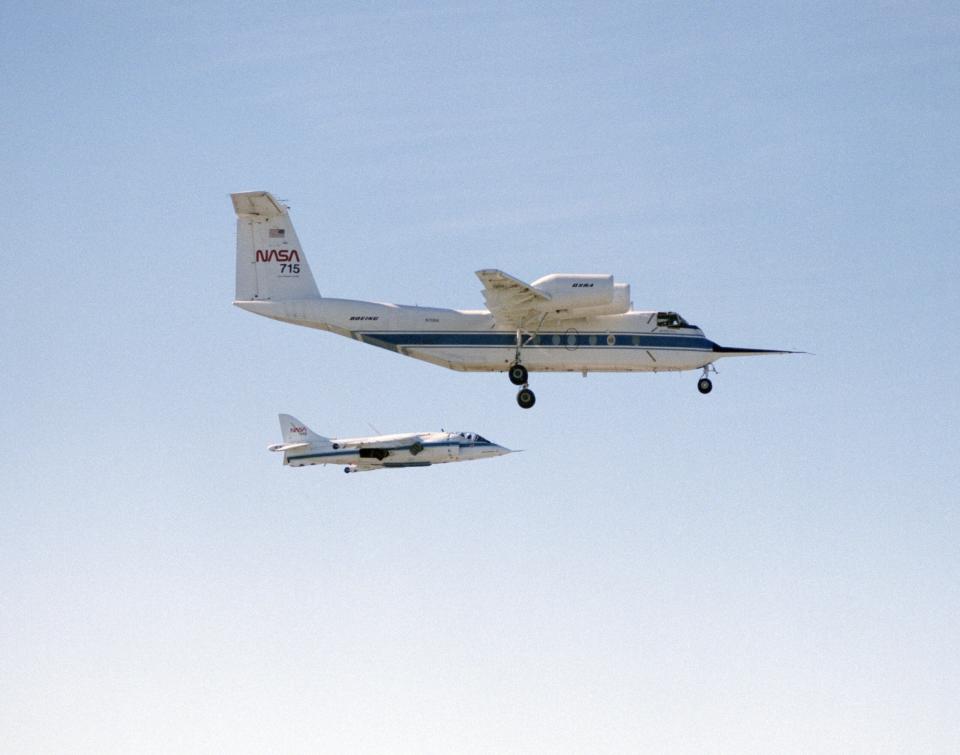
The QSRA was originally completed for the U.S. Army as a 1974-built C-8A, serial number 63-13687. It was later transferred to the U.S. Air Force and then the National Center for Atmospheric Research (NCAR) before NASA picked it up at no cost for its QSRA program, as NASA 715. It now wears the U.S. civil registration N211.
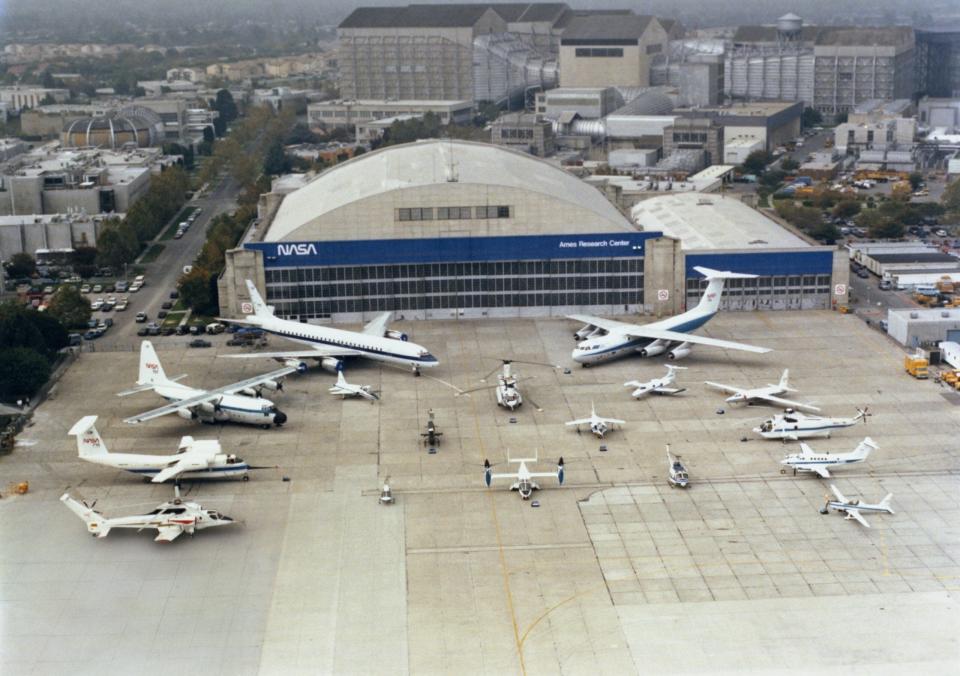
The buyer won’t be getting anything like a stock C-8, however, which is what makes the QSRA so interesting. In its original form, the C-8 was a U.S. military version of de Havilland Canada’s DHC-5 Buffalo twin-turboprop utility transport developed from the earlier piston-powered DHC-4 Caribou. The Buffalo offered extraordinary STOL performance even without modification.
Before looking at the QSRA in detail, it’s worth noting that NASA’s interest in STOL flight research dated back at least to the late 1950s, spurred especially by the promise offered by turbine engines in these kinds of designs. For both civil and military applications, it seemed that a short-field operational capability could find many different and useful applications.

In the mid-1970s, on behalf of NASA’s Ames Research Center, Boeing took the C-8 and added an all-new swept wing in place of the original straight wing. Mounted above the new wing were four Lycoming YE-102 high-bypass-ratio turbofan engines, which had been salvaged from the Northrop A-9 program — the unsuccessful rival to the A-10 Thunderbolt II ground-attack aircraft. Each engine produced 7,500 pounds of thrust but at a relatively low noise level.
The revised wing and powerplant provided upper surface blowing, with bleed air from the engines being streamed through small nozzles on top of the wing ahead of the flaps and ailerons. Meanwhile, the ‘over the wing’ engine installation meant that engine exhaust flowed over the upper surface of the wing and curved flaps, generating yet more lift — known as the Coanda effect. All this additional lift optimized the aircraft for very short takeoff and landing runs coupled with low approach speeds and steep approach path angles.

The first flight of the QSRA took place on July 6, 1978, and the proof-of-concept phase came in ahead of schedule and under budget. Even early on, the highly modified Buffalo demonstrated stable flight at lift levels that were three times higher than those generated on comparable conventional aircraft.
According to Flight Magazine, the QSRA routinely operated with a 65-knot approach speed and demonstrated low-speed flight down to only 50 knots, despite a maximum takeoff weight of 60,000 pounds — considerably heavier than heavier than a fully-loaded 50-seat CRJ200 regional airliner.

At the same time, the QSRA achieved this while operating at very low noise levels. A reading of 90 EPNdB (equivalent perceived noise) was taken at a sideline of 500 feet, judged the lowest achieved for any jet STOL transport — and notably less than any other jet transport, for that matter.
The most dramatic demonstration of the QSRA’s capabilities saw it operate from the flight deck of the aircraft carrier USS Kitty Hawk, without needing a launch catapult or arresting gear.
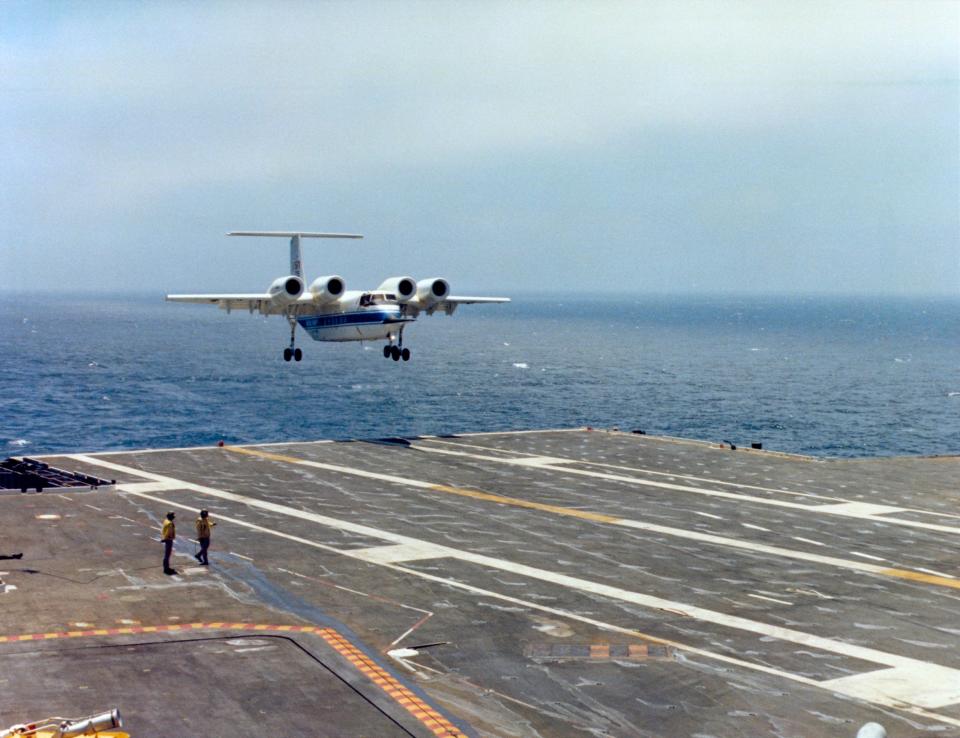
https://www.youtube.com/watch?v=k_eDutgh4IU
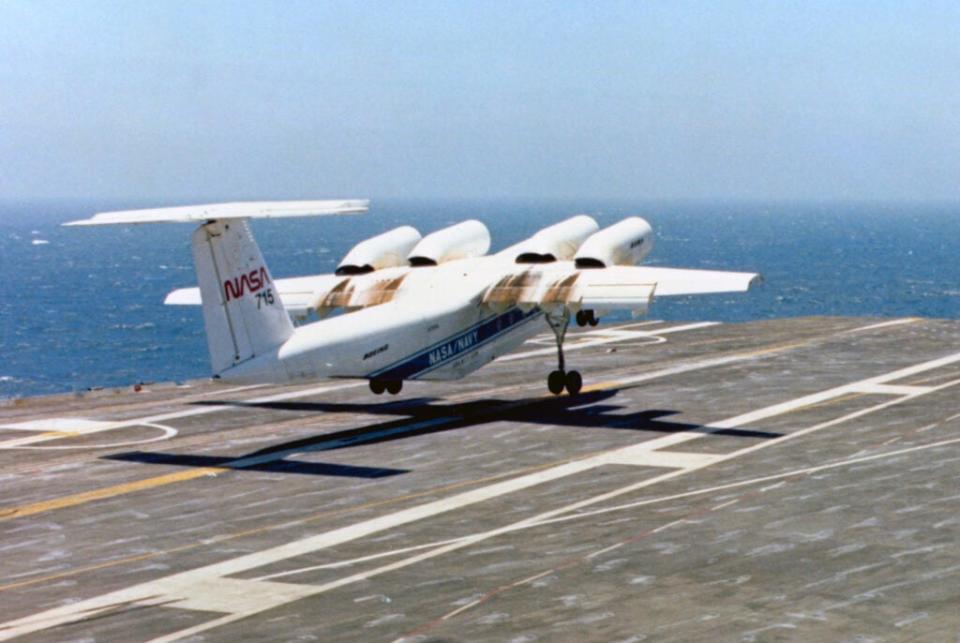
In another series of tests, the QSRA was put through its paces with its engines at reduced thrust settings, demonstrating the ability to achieve short takeoffs even with more modest thrust-to-weight ratios, thanks to the benefits of upper surface blowing. These were also successful, proving that the wing design gave significant increases in payload and/or reductions in takeoff run.
Such was the potential demonstrated by the QSRA that a technology transfer program was begun, to show off the advantages of the design to potential users, both in the U.S. military and civilian sectors. This flight demonstration effort also involved Japan, which produced its own four-engine experimental transport with upper surface blowing. Known as the Asuka, this was a modified Kawasaki C-1 tactical transport, first flown in 1985.
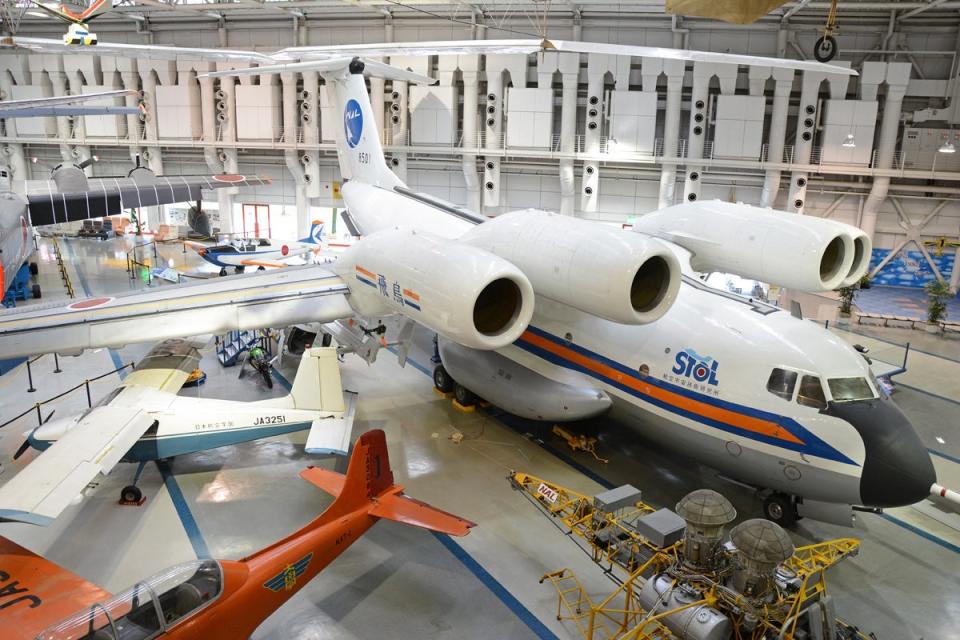
Harnessing the benefits offered by a new generation of avionics, the QSRA was then fitted with a digital fly-by-wire control system as well as head-up and head-down displays. These avionics were then integrated with the powered-lift controls to optimize the flightpath and airspeed during precision instrument approaches and landings.
Guidance and control research carried out on the QSRA made a major contribution to modern flight computers, with direct results of the program feeding into, for example, computers on the AV-8B Harrier II, the KC-10 Extender refueling system, the MD-80 mid-size airliner, and NASA’s own Shuttle Training Aircraft (STA).
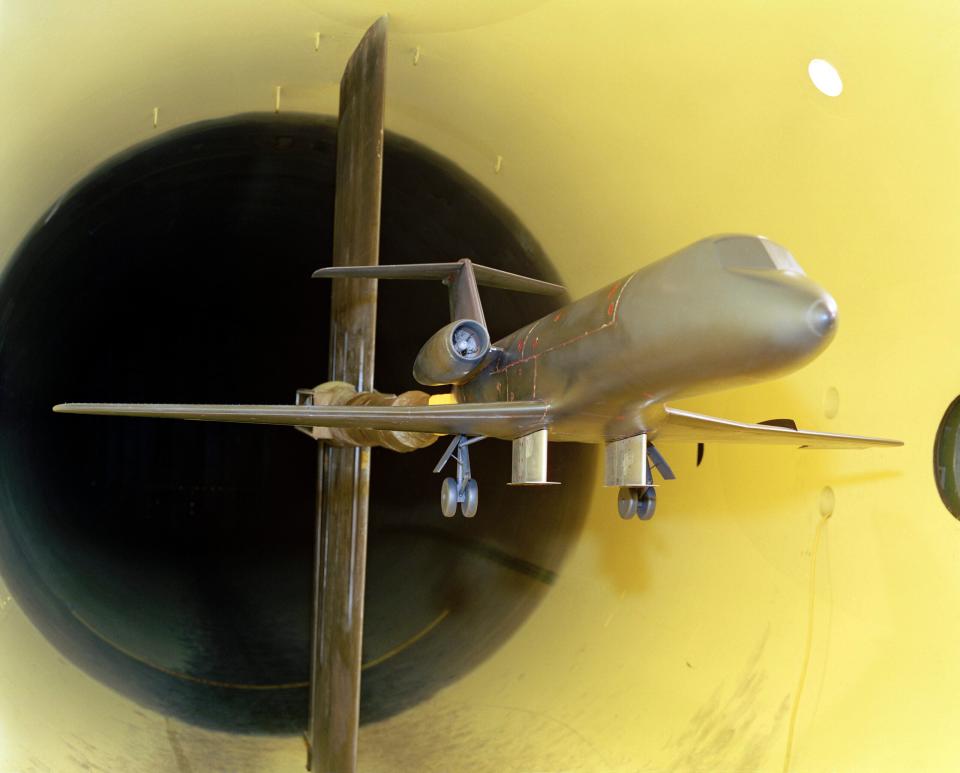
Data gathered by the QSRA also helped the Air Force develop specifications for the C-17 Globemaster III transport. Pilots on the C-17 joint test team from the Air Force and McDonnell Douglas flew the QSRA to evaluate flightpath control augmentation and the head-up display. The first C-17 left the production line with a fighter-like HUD as standard equipment. Other military applications of the QSRA’s research into displays were used by Lockheed in the development of avionics for the MC-130E Combat Talon I special operations transport.
Toward the end of its test career, the QSRA was used for jump-strut trials. Here, the hydraulic system in the nose landing gear was used to initiate the nose-up rotation of the aircraft during the takeoff roll, for a further reduction in takeoff distance.
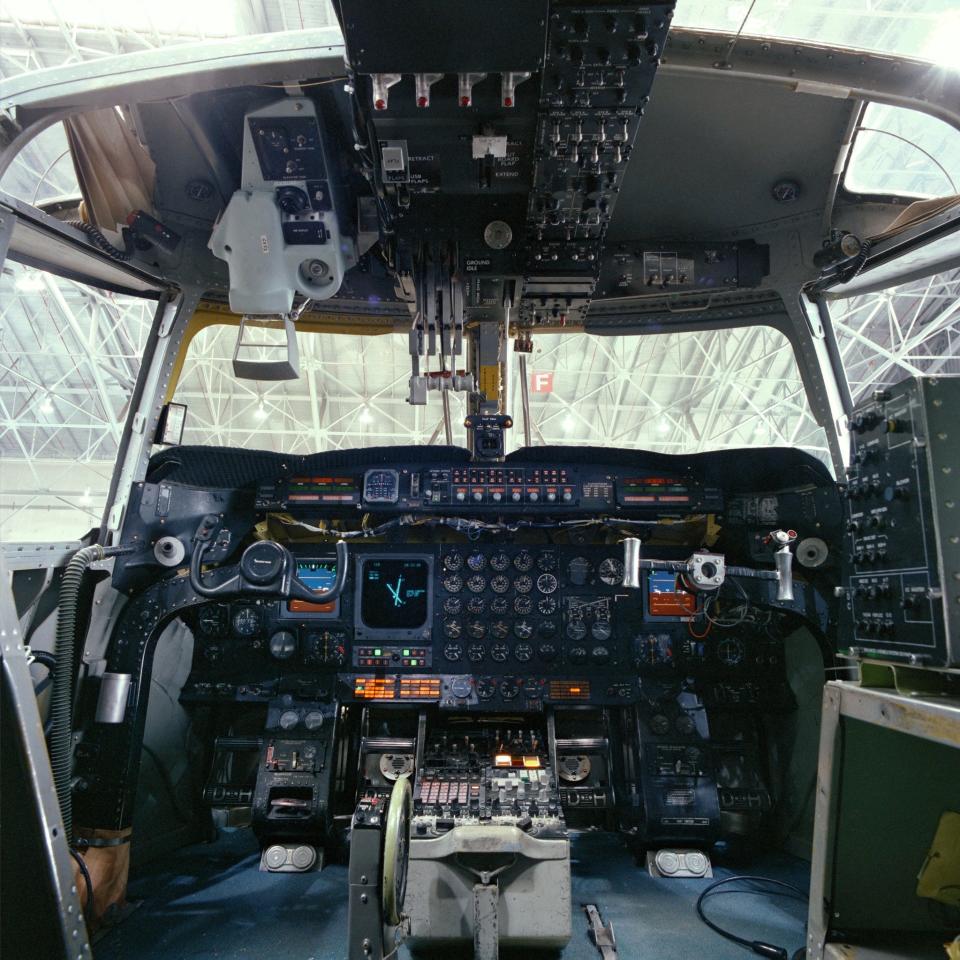
As well as all this valuable research, the QSRA also helped bring the concept of the capability of powered lift through upper surface blowing to a wider audience. It performed at both the 1983 Paris Air Show and the 1986 Expo in Vancouver/Abbotsford Air Show. By November 1993, the QSRA’s NASA career was over.
The U.S. Air Force’s Advanced Medium STOL Transport (AMST) competition, which had planned to field a replacement for the C-130 as its standard STOL tactical transport, led to the Boeing YC-14 and McDonnell Douglas YC-15 prototypes, both of which featured upper surface blowing and employed the Coanda effect. The YC-14 was notable for its arrangement of engines ‘over the wing,’ as in the QSRA and in the Soviet-designed Antonov An-72 Coaler. A victim of changing priorities, AMST was canceled in 1979, although the basic design of the YC-15 was enlarged and improved to form the C-17.
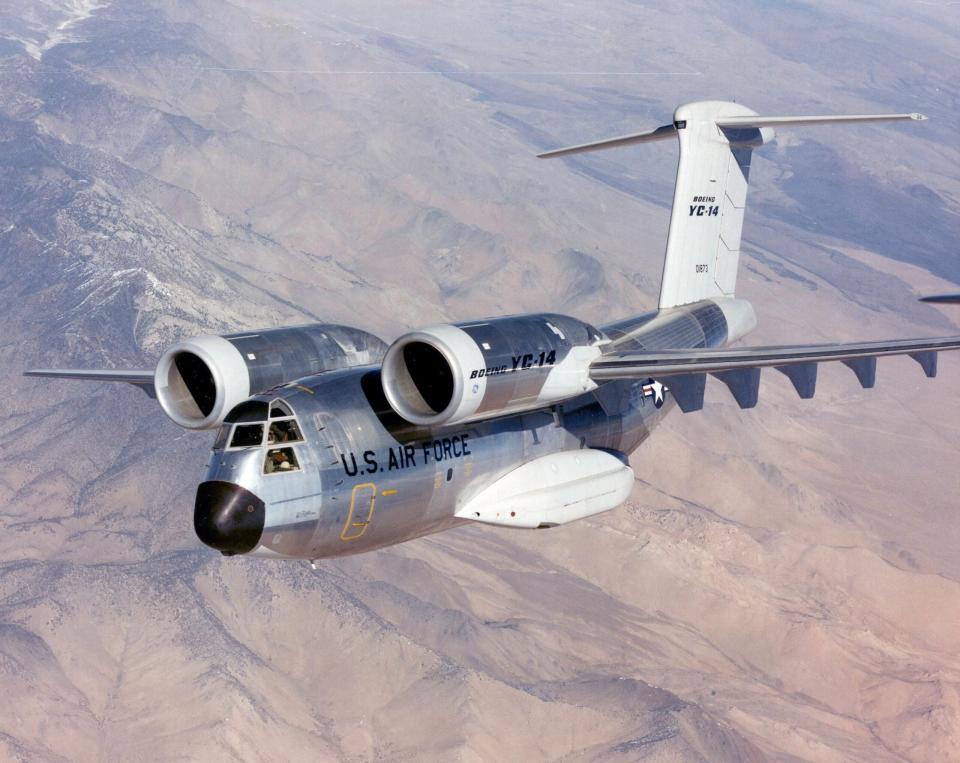
Today, upper surface blowing is not very widely used. The one-time vision of quiet STOL regional jets operating from so-called ‘STOLports’ was never properly achieved. Where inner-city airports are still used, turboprops are typically considered to offer a suitable combination of low decibels and requisite speed — albeit much slower than potential pure-jet alternatives.
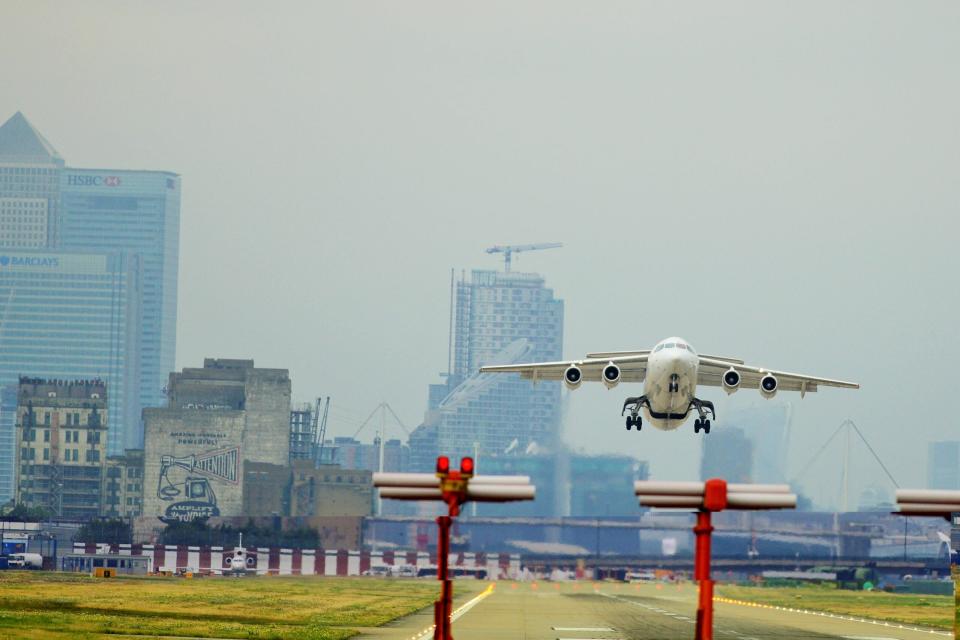
While the aforementioned C-17 relies on blown flaps for its short-field performance, upper surface blowing is found today on specific applications in which STOL is a prerequisite, such as the An-72 series. The Japanese ShinMaywa US-2 amphibian is a turboprop, but it depends also on upper surface blowing, generated by a specific third engine, to ensure its short takeoff and its exceptional low-speed performance once in the air.
https://www.youtube.com/watch?v=t4iRXMOMm9M
A little over a week left in the bidding for the QSRA. Here’s hoping that this historic flight test article will find a good home and not be left to deteriorate further.
One last detail that prospective bidders might need to bear in mind. According to the GSA Auctions, you’ll also need to arrange for the “packing and shipping” of the aircraft, should you successfully get it.
Contact the author: thomas@thedrive.com

